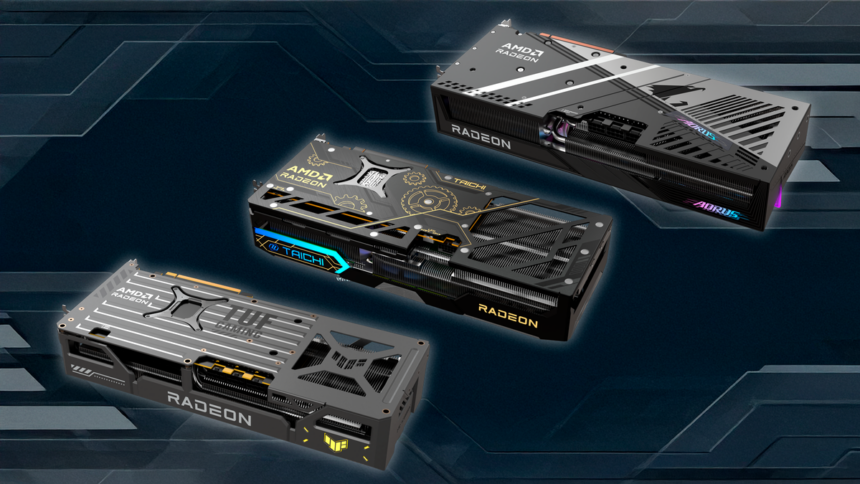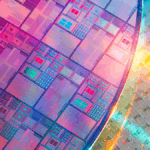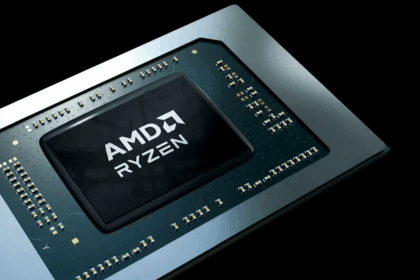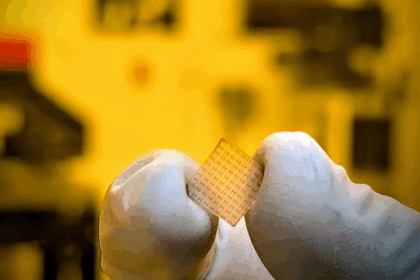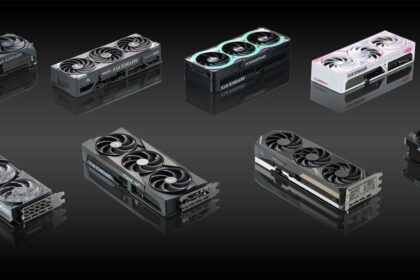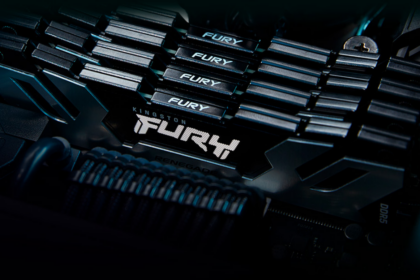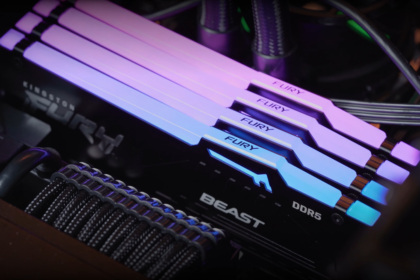With NVIDIA leading the way by launching its GeForce RTX 50 Blackwell series, AMD has followed up with the Radeon RX 9000 lineup, powered by RDNA 4. However, you may have noticed something missing—where are the high-end Radeon GPUs? Let’s break it down.
Historically, AMD has struggled to keep up with NVIDIA in the high-end and enthusiast segment. If you’ve been a PC gamer for a while, you might remember the legendary battle between the Radeon HD 7970 and the GeForce GTX 680 nearly 15 years ago. Since then, AMD has found competing increasingly difficult with NVIDIA’s top-tier GPUs, especially after introducing the GeForce RTX series.
Looking back to 2019, when AMD launched its RDNA architecture, there was no high-end GPU release, leaving the RTX 2080 Ti uncontested. While later models like the Radeon RX 6950 XTX and RX 7900 XTX attempted to compete with NVIDIA’s RTX 3090 and RTX 4090, they still struggled to close the gap.
With AMD choosing not to release a high-end RDNA 4 GPU, NVIDIA’s RTX 5090 appears to have a clear path to dominance in the ultra-high-performance market.
Why isn’t there a RX RX 9000 High-End?
In September 2024, while RDNA 4 GPU production was already in progress, AMD confirmed it would not compete in the high-end gaming GPU segment. Instead, the company stated that its new strategy is to focus on the mid-range and entry-level markets, where most PC gamers are.
This shift means AMD prioritizes affordability and accessibility rather than directly challenging NVIDIA’s top-tier GPUs. While this decision may disappoint enthusiasts looking for a Radeon competitor to the RTX 5090, it aligns with AMD’s goal of capturing a larger share of mainstream gamers.
“My priority now is giving AMD scalability. Because without scale I can not attract developers. If I say to developers, ‘I will only get 10% of the market share’, they will tell me ‘Jack, I wish you the best, but we have to go with Nvidia’. So I have to show them a strategy say we can have 40% of the market. (The games) for AMD ‘as soon as we have this, so we can go after the top, “explained Jack Huynh, head of AMD’s computer and graphics division at the time.
In early 2023, AMD clarified that it didn’t see the need to compete directly with the RTX 4090. At the time, the company criticized NVIDIA’s flagship GPU for its high power consumption, massive size, and steep price, arguing that these factors were not appealing to most gamers.
Even though the RX 7900 XTX could challenge NVIDIA’s Ada Lovelace lineup in certain scenarios, the RTX 4090 still held the performance crown, making it the fastest consumer GPU on the market. This stance reinforced AMD’s focus on efficiency and value rather than chasing ultra-premium performance at any cost.
New position of AMD in the market
With this approach, AMD has officially stepped away from the high-end GPU market for this generation. During its subtle announcement at CES 2025, the company clarified that the Radeon RX 9070 would be the top RDNA 4 model, competing against NVIDIA’s mid-range GeForce RTX 5070 and 5070 Ti.
This strategy is similar to AMD’s with the Radeon RX 5000 series—focusing on the mainstream and mid-range market instead of chasing ultra-premium performance. However, AMD has learned this time from past experiences, and RDNA 4 GPUs introduce notable improvements over previous generations, even if they don’t cater to enthusiast-level PC gamers.
Only the RX 9070 and RX 9070 XT have been officially launched. However, AMD’s marketing materials subtly hint at an upcoming RX 9060 series, which is expected to be revealed soon.

